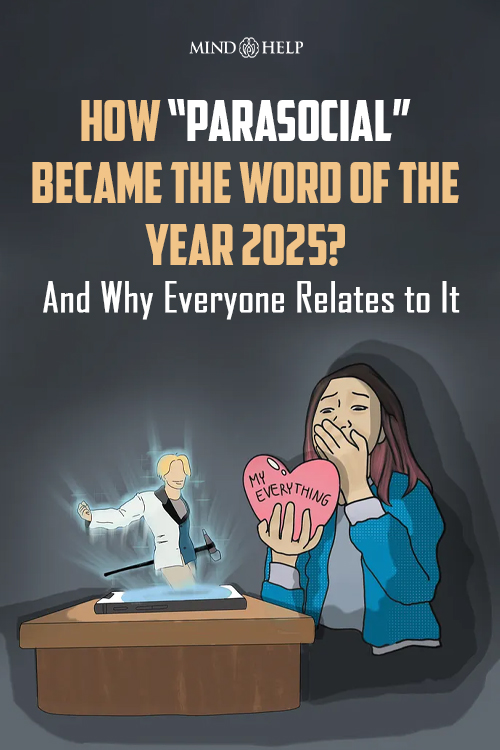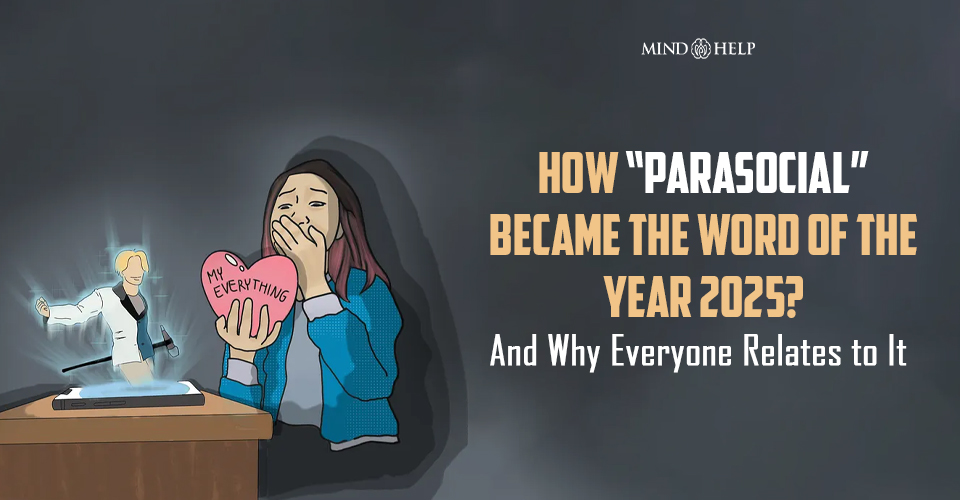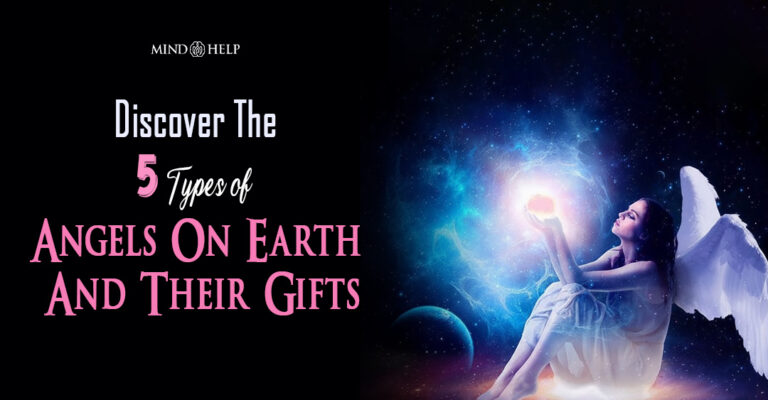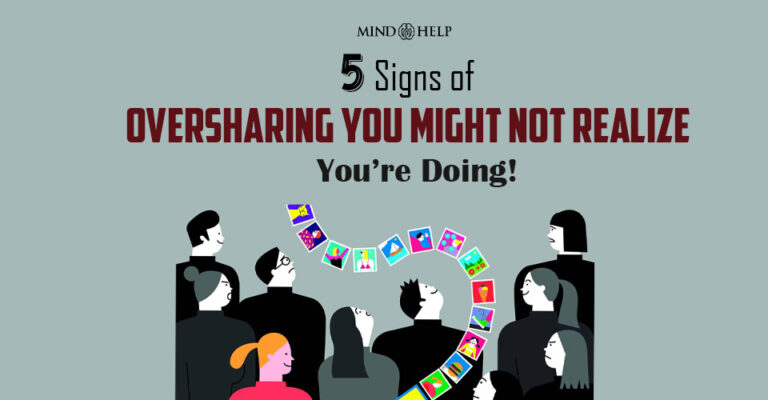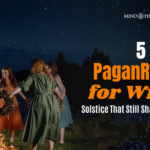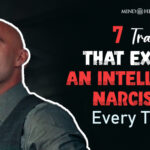If you’ve spent even a few minutes online lately, chances are you’ve stumbled across the word parasocial. It’s all over the place—TikTok captions, podcast chatter, Twitter threads, and even casual conversations over coffee. And now it’s official: Cambridge Dictionary has crowned it the Word of the Year 2025. Honestly? It feels like the natural outcome of the internet’s obsession with parasocial relationships—those strangely comforting emotional ties we form with people we don’t actually know.
But the sudden spotlight on parasocial isn’t just another example of internet slang sneaking into scholarly territory. It reflects something deeper about how we connect, cope, and communicate in a world where “online life” and “real life” have fused into the same thing.
And maybe that’s why it hits so hard. Because when we talk about what is a parasocial relationship, we’re really talking about loneliness, identity, boundaries, and what it means to feel close to someone in the digital age.
So let’s break down why this term snagged the title Word of the Year 2025—and what its cultural glow-up says about all of us. Spoiler: it’s a much more human story than you might think.
Read: 5 Hidden Impact of Social Media on Mental Health: The Truth Behind the Screens
What Is a Parasocial Relationship, Really? The Term You Can’t Escape Online
At its core, a parasocial relationship is a one-sided emotional connection—you invest your attention, affection, and time into someone who doesn’t know you personally. Think of it like sending heartfelt letters to someone who never checks their mailbox.
For decades, the idea mostly revolved around fans and celebrities, or maybe fictional characters. But here in 2025, the whole concept has expanded far beyond old-school fame.
Today, people develop parasocial bonds with:
- YouTubers whose daily vlogs feel like episodes of your favourite sitcom
- Twitch streamers you spend hours watching every week
- Influencers who share every messy, mundane moment of their day
- AI companions that talk back and remember tiny details
- Fictional characters in games, books, or shows who feel more dependable than acquaintances
Nearly everyone has felt this kind of attachment at some point—and that’s exactly why parasocial is everywhere. The word finally gives us language for something we’ve all been quietly experiencing.

Why This Word Hits So Hard in 2025?
For years, we’ve joked about being “chronically online,” worshipping our “comfort creators,” or “simping” over our internet faves. It was all fun and memes—until creators, audiences, and mental health professionals began discussing boundaries, burnout, and emotional expectations openly.
Suddenly, parasocial became the perfect shorthand for what’s been happening all along.
Here’s why parasocial relationships are front and centre right now:
1. The line between public and private has basically vanished
Creators aren’t just posting content—they’re building digital intimacy. Livestreams run for hours, vlogs feel like personal diaries, and audiences know everything from a creator’s pets to their childhood trauma. When someone shares their life that deeply, these one-sided attachments are almost inevitable.
2. Audiences crave connection more than ever
Sure, we know the bond isn’t mutual. But emotionally? It can feel incredibly real. In a world where loneliness has reached record levels, a familiar voice or a daily upload can feel like a friend who consistently shows up.
3. Creators are finally acknowledging it
Many creators now openly discuss parasocial dynamics, reminding viewers things like, “I care, but I’m not your therapist,” or setting boundaries about personal questions and DMs. It’s healthy—and absolutely necessary—because with constant access comes constant pressure.
4. AI companions changed everything
What makes the term hit differently in 2025 is the rise of AI friends and AI streamers. These aren’t just tools—they respond, they “care,” they remember. That emotional responsiveness blurs the line between artificial and authentic connection, making modern parasocial ties even more complex.
Why Being a Little Parasocial Can Actually Feel Pretty Good?
It’s easy to paint parasocial relationships as red flags, but the truth is much more nuanced. These bonds aren’t automatically toxic or unhealthy; many can be surprisingly uplifting.
A parasocial connection can:
- Motivate you when real-life friends aren’t around
- Inspire you to pursue goals you’ve been avoiding
- Offer comfort during stressful or lonely moments
- Introduce you to communities of people who share your interests
No, it doesn’t replace genuine, mutual relationships. But it can make someone feel seen, encouraged, or simply less alone. Sometimes a creator’s pep talk, or a fictional character’s courage, hits at exactly the right time.
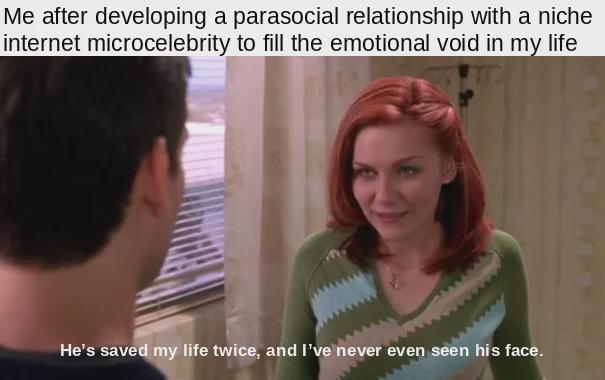
The Tricky Part of Parasocial Relationships
Of course, the parasocial world has its messy side too. The same emotional closeness that feels comforting can turn into pressure—especially for creators.
When fans get overly attached, creators start feeling responsible for people they’ve never met. And when viewers blur the line between content and reality, disappointment or resentment can creep in.
Maybe a celebrity doesn’t reply to a DM. Maybe a streamer stops sharing personal stories. To the fan, it feels like rejection—even though the connection only ever existed on one side. That emotional mismatch can sting, and it’s one reason creators are pushing harder for boundaries.
Read: 8 Warning Signs of Emotional Exhaustion (And How to Recover)
Putting a Word to the Feeling Makes All the Difference
“Parasocial” isn’t just a trendy buzzword—it’s a milestone in how we talk about digital relationships. Choosing it as the Word of the Year 2025 didn’t just spotlight a trend; it validated millions of quiet emotional experiences people navigate online every day.
It gave us a way to describe something deeply human.
Because the truth? We’re all a little parasocial. These one-sided bonds can be joyful, messy, comforting, or complicated—but now, at least, we have the vocabulary to talk about them honestly. And that’s the real power of naming it.
Frequently Asked Questions (FAQs)
What are parasocial relationships?
These are one-sided emotional bonds where a person feels connected to a creator, celebrity, influencer, or fictional character who doesn’t know they exist. These relationships form through repeated exposure like watching streams, vlogs, or shows, and can feel surprisingly real, offering comfort or motivation, but sometimes blurring boundaries or creating unrealistic expectations.
Are parasocial relationships healthy?
Such relationships can be healthy in moderation. They often provide comfort, inspiration, and a sense of connection, especially during lonely moments. But they can become unhealthy when they replace real relationships, create unrealistic expectations, or lead to emotional dependency. The key is awareness. enjoy the connection while remembering it’s one-sided and should complement, not replace, real-life bonds.
How do I tell if I’m parasocial?
You might be experiencing a parasocial relationship if you feel emotionally close to a creator or character who doesn’t know you personally. Signs include feeling invested in their daily life, expecting them to respond, feeling hurt when they don’t, or thinking of them as a friend.
